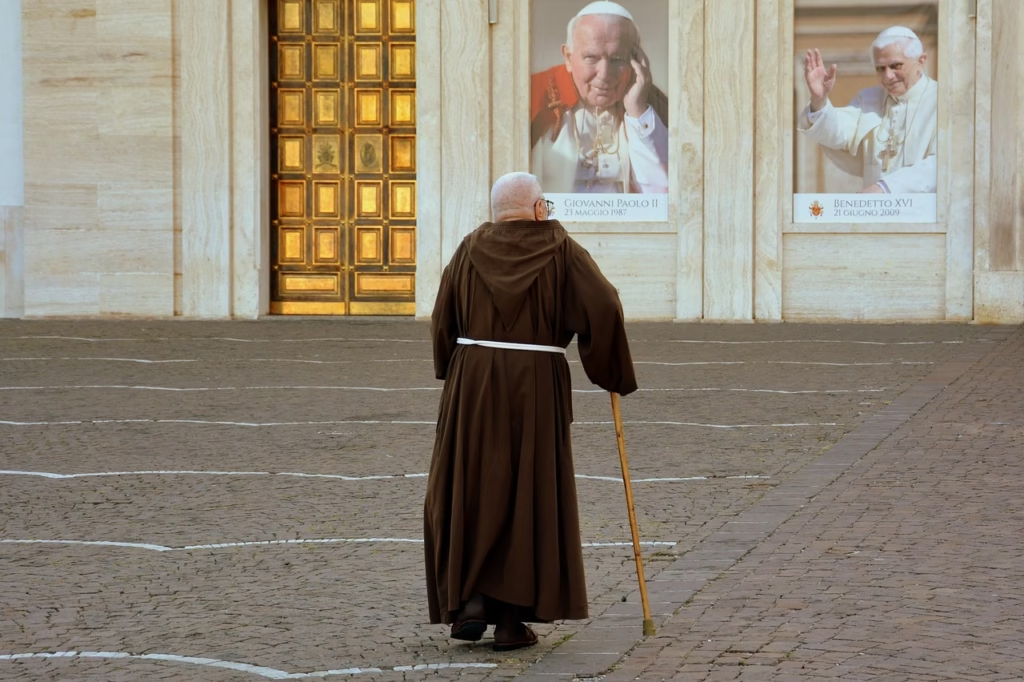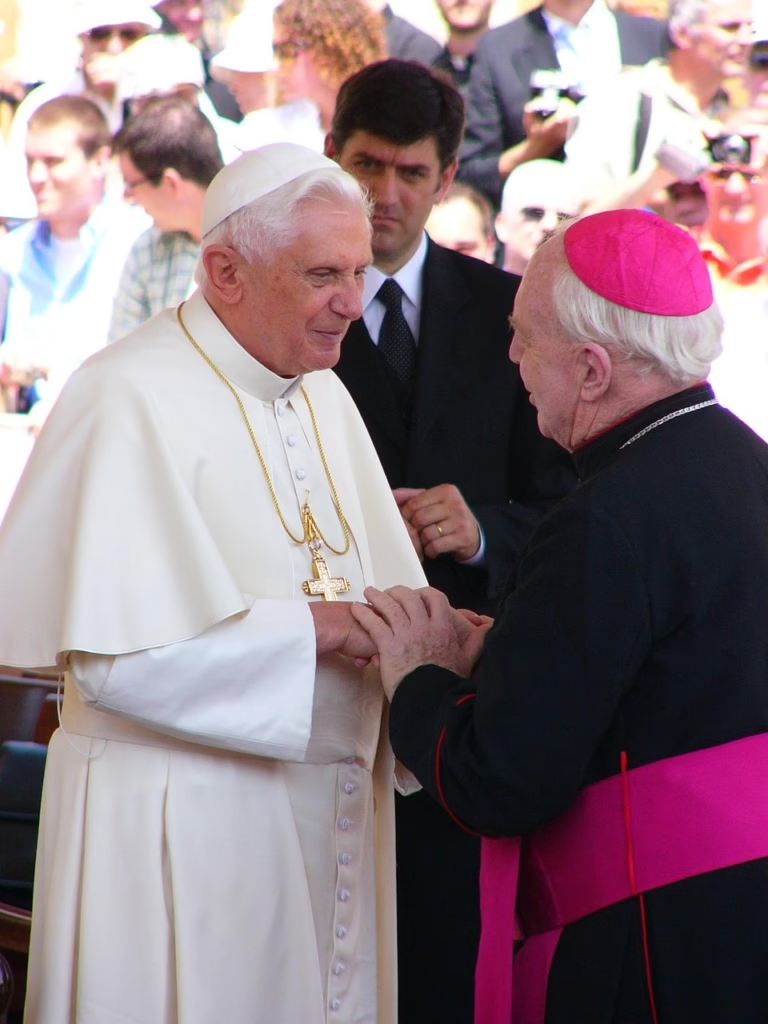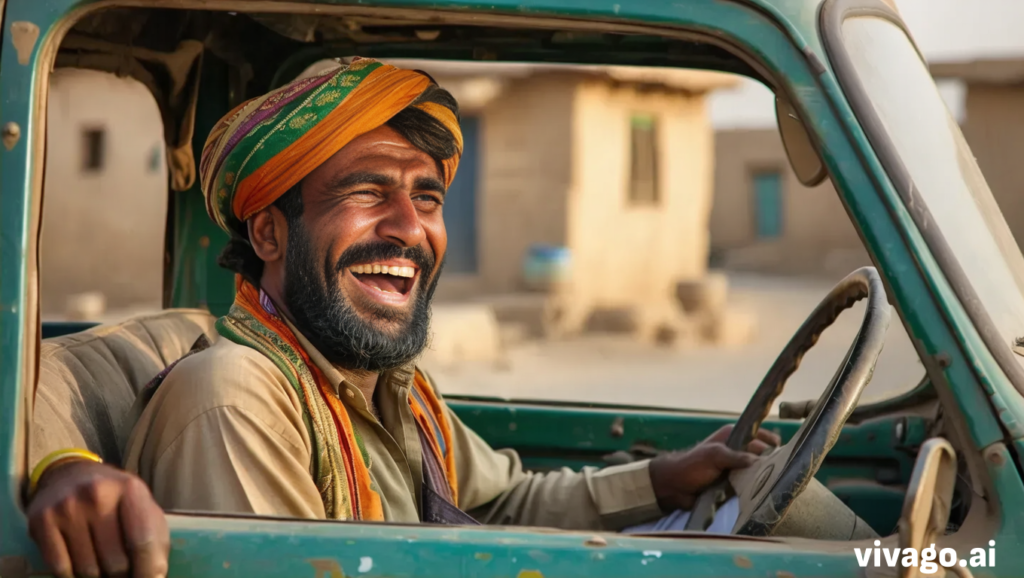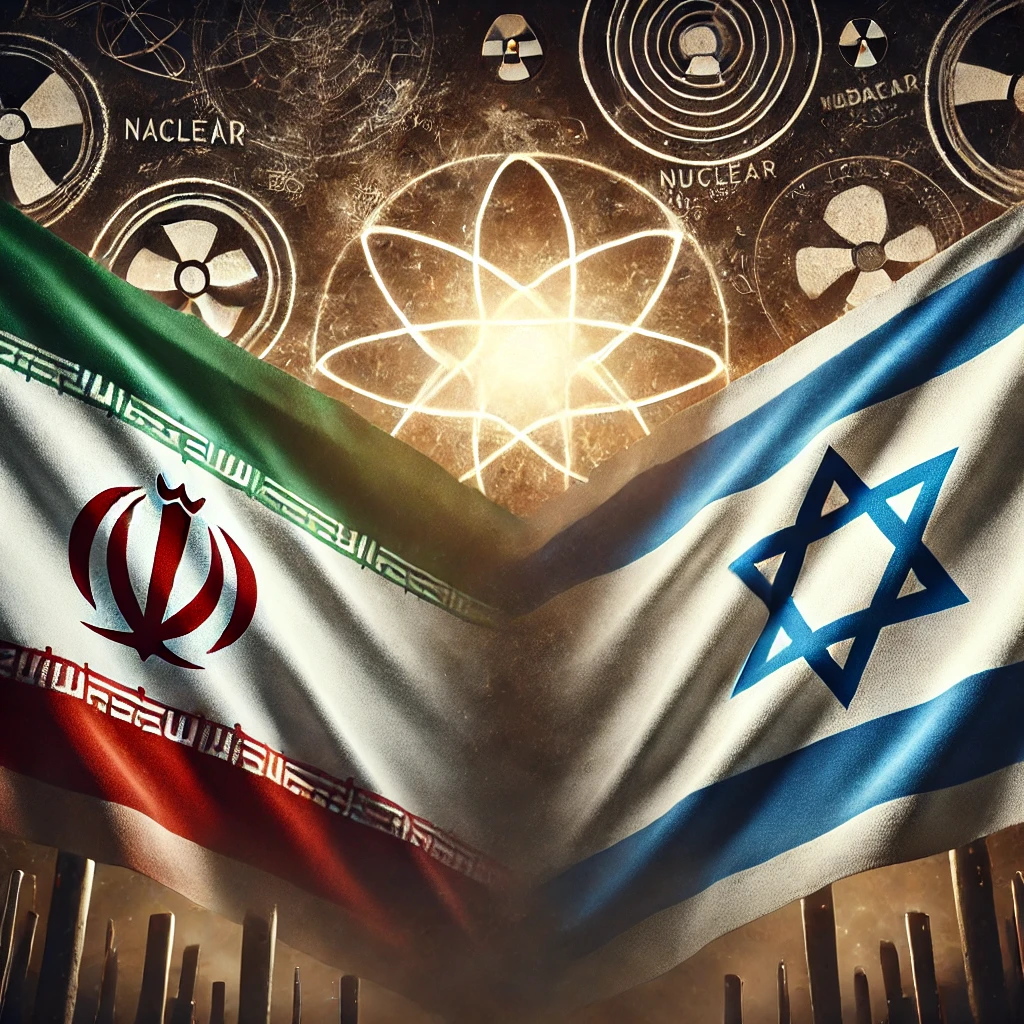When a Pope dies, the Catholic Church enters a time of reflection and transition. The world watches as the Vatican prepares to choose the next leader of over a billion Catholics. But how exactly is the new Pope selected? The process, known as a papal conclave, is rich in tradition, guided by centuries-old rituals, and steeped in both spirituality and strategy.
In this article, we’ll explore the entire papal selection process step by step, highlight key historical facts, and explain what happens behind the locked doors of the Sistine Chapel.
🕊️ The Role of the Pope in the Catholic Church
Before diving into the election process, it’s important to understand the Pope’s significance. He is not just a spiritual figurehead but also the sovereign of the Vatican City State, and the highest authority in matters of doctrine, discipline, and diplomacy in the Roman Catholic Church.

⚰️ What Happens Immediately After the Pope Dies?
When a Pope passes away, the Vatican enters a period known as “Sede Vacante” — meaning “the seat is vacant.” During this time:
- The Camerlengo (a cardinal appointed by the Pope) verifies the death.
- The Pope’s Fisherman’s Ring is broken to prevent forgeries.
- A period of nine days of mourning, called Novemdiales, follows.
- Preparations for the conclave begin.
🧱 Who Can Vote for the New Pope?
Only cardinals under the age of 80 are eligible to vote. As of now, there are typically around 120 such cardinals from different countries, all representing the global nature of the Church.
🔐 The Papal Conclave: A Secretive Election Process
The word conclave comes from Latin cum clave, meaning “with a key.” It reflects the secrecy of the process — the cardinals are literally locked inside the Sistine Chapel until a decision is reached.
Steps in the Papal Conclave:
- Mass for Guidance
Before voting begins, the cardinals attend a Mass called “Pro Eligendo Romano Pontifice.” - Secrecy Oaths
All participants swear an oath of secrecy. Breaching it could lead to excommunication. - Balloting Begins
Each cardinal writes the name of their chosen candidate on a ballot. To be elected, a candidate must receive a two-thirds majority. - Burning of Ballots
After each vote, ballots are burned:- Black smoke = no decision.
- White smoke = a new pope has been elected.
🧔 Who Can Become the Pope?
Surprisingly, any baptized male Catholic is eligible. However, in modern times, only a cardinal has ever been elected. If a non-bishop is chosen, he must be immediately ordained as a bishop.
🎉 “Habemus Papam” – We Have a Pope!
When a Pope is chosen, the Dean of the College of Cardinals asks him, “Do you accept your canonical election as Supreme Pontiff?” If he says yes:
- He chooses a papal name.
- The new Pope is introduced with the words: “Habemus Papam!”
- He appears on the balcony of St. Peter’s Basilica to deliver his first blessing.
📜 Historical Facts About Papal Elections
- The longest conclave lasted nearly 3 years (1268–1271).
- The fastest? Just one day in 1503.
- The process was modernized in 1970 by Pope Paul VI and updated again in 1996 by Pope John Paul II.
🔄 Modern Changes in the Election Process
Although the traditions remain strong, some changes have been introduced:
- Electronic surveillance is used to prevent leaks.
- A ballot quota system ensures transparency and fairness.
- No campaigning is allowed, keeping the process spiritual rather than political.
🧠 Interesting Facts About Papal Elections
- The longest conclave lasted nearly three years (1268–1271).
- The shortest conclave took just one day.
- A non-cardinal can technically be elected Pope, though it’s extremely rare.
💬 Conclusion: Faith, Tradition, and the Future of the Church
Understanding how a new Pope is selected after the death of one highlights the deep roots of tradition and the Church’s commitment to sacred continuity. Though the world watches in anticipation, the conclave remains a profoundly spiritual and secretive process — one that shapes the future of over a billion Catholics.



hi
Hey there! What’s up? 😄✨
Feel free to ask anything!
CQJxo Tmwnb smYPO
Pingback: - infoocean.in
Pingback: - infoocean.in